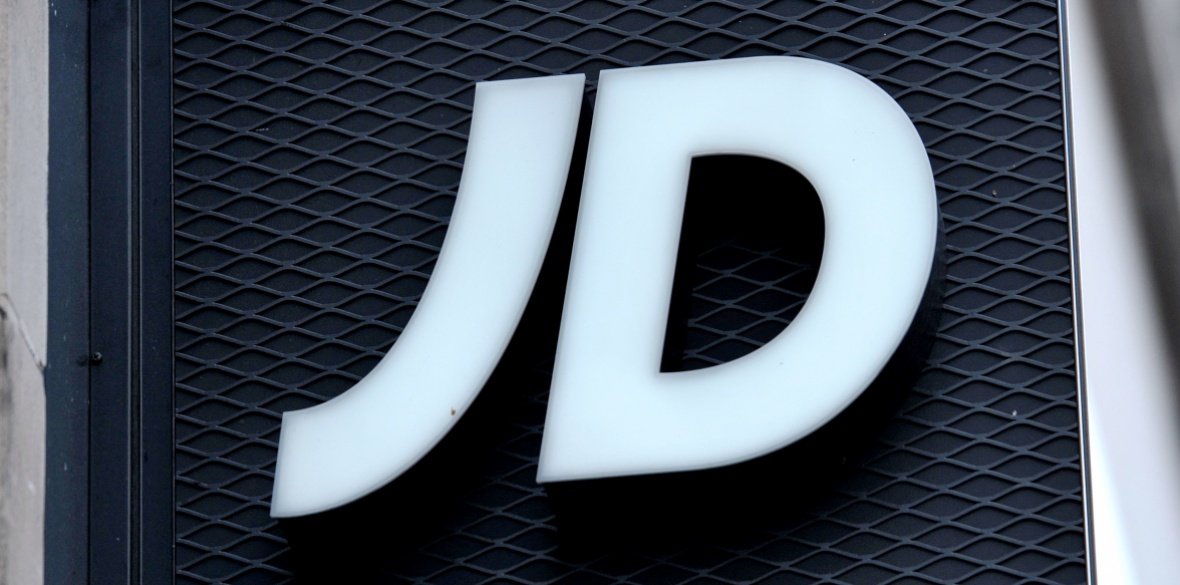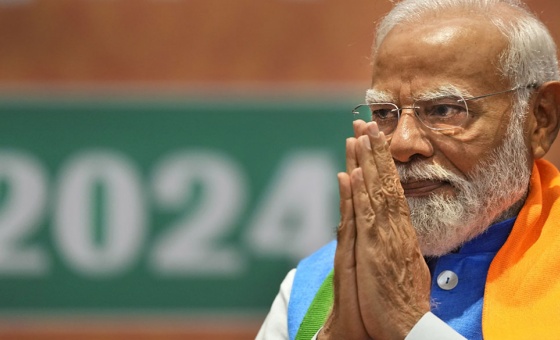This is the last article you can read this month
You can read more article this month
You can read more articles this month
Sorry your limit is up for this month
Reset on:
Please help support the Morning Star by subscribing here
WITH Boris Johnson’s switch from “Stay at Home” to “actively encouraging” returns to work, arguments grow about who goes back and under what conditions.
But millions of workers have actually worked through the lockdown – and not just those who are seen as “key workers.”
The statistics we have about what is happening during the lockdown are not fully nailed on, but the available figures indicate around nine million workers continued travelling to work.
The Office for National Statistics (ONS) pulled together what numbers they could to understand the effects of lockdown.
It used its “opinions and lifestyle” survey of a panel of people to find who was working from home. The figures are striking: the latest numbers, covering May 14-17, show that 33 per cent of people in employment worked from home.
But they also show that 29 per cent of people continued to travel to work: with a 32-million workforce, that’s nine million people going to their workplace as normal. Another 7 per cent – over two million – both worked at home and travelled to work. The remaining 29 per cent – another nine million people – didn’t do either, presumably because they were furloughed or stood down in some way.
The nine million or so working normally don’t get the media attention they should, not least because most journalists are in the “working from home” group.
The statistics on who is working normally are less clear, but there are some indications. The ONS pulled together a quick “business impacts of coronavirus” (BICS) survey, regularly surveying around 6,000 firms to try and find out what is going on.
The statisticians warn that the survey “should be treated with caution when used to evaluate the impact of Covid-19 across the UK economy” – the firms might not be fully representative, the sample is mostly not “weighted.” The survey can at best provide a broad guide, but they are the available figures we have right now.
The BICS survey suggests that 79 per cent of firms are still trading at some level, with the remaining 20 per cent suspending trading. Some sectors have really closed down. Only 21 per cent of “accommodation and food services” – pubs, restaurants and hotels – remain trading, but 85 per cent of manufacturing, 78 per cent of construction, 79 per cent of wholesale and retail and 95 per cent of transport firms are still trading.
The BICS survey also asked employers how many of their staff were working normally. They said 34 per cent of their staff were going to their normal place of work, 44 per cent were working remotely and 20 per cent doing some “other” thing – meaning, presumably, furloughed.
Making some rough assumptions, these figures are in line with the other ONS surveys : There are 27 million employees among our 32-million workforce (with the remaining five million classed as “self employed,”) so taking account of the number of firms still trading and the number they say are working normally, this suggests around seven million employees worked through the lockdown.
Some of these are obviously “key workers,” some less so: 61 per cent of “human health and social work” employees went to work normally, as did 55 per cent of transport employees and 40 per cent of wholesale and retail staff.
However, 53 per cent of manufacturing staff, 35 per cent of “administrative and support service” staff and 33 per cent of construction staff also went to work as normal.
The truth is that the government never really defined which “key workers” should go to work. They shut down public-facing sectors of the economy, like “non-essential” shops and pubs. They offered school cover for “key workers,” but many other staff have also been told to work as normal in factories, warehouses, call centres and building sites by their bosses.
That’s a lot of dry numbers – but this is why it matters. Most of the public debate has been about “the lockdown” versus “returning to work.”
The lockdown has been a really major event, with millions working from home or furloughed. But millions – between a quarter and a third of the workforce – have continued to go to work. If we are worried about the impact of coronavirus, we need a debate about their conditions of work: what precautions were taken, what workplaces became points of infection, what could be improved.
International experience shows food processing plants, poorly ventilated offices and busy warehouses can become zones of infection. They also show that workers who deal closely with members of the public can be vulnerable to infection.
We do not know for sure if that is happening now in Britain – because the government is not tracking and tracing infection. But there are strong indications it is: some workplaces have complained about infection risk. Warehouse staff working for Amazon, JD Sports and BooHoo have all protested about risks. Workers at Cranswick’s food processing plant near Barnsley – they are a major supermarket supplier of cooked meats – are angry after three of their workmates died of coronavirus.
The ONS also calculated coronavirus death rates by occupation. Overall, blue collar and lower paid staff are more likely to die. Some groups look to be at risk because of workplace exposure to the public or the unwell – taxi drivers, bus drivers, sales assistants and care workers all have higher coronavirus death rates. Others may be at risk because of workplace exposure: among occupations with higher death rates are “process, plant and machine operatives” and “administrative and secretarial occupations” – which translates to factory and call centre staff.
There are two ways to deal with workplace infection, which is likely to be both already present and growing.
The first is through a proper track-and-trace regime. We are in the government’s hands for that and they are providing a weak, privatised version.
The second is for workers themselves to demand cleaning equipment, protective gear, screens, proper time to change and wash, distancing measures and all the other proper methods of infection control: to do so they need to join unions and get as much legal protection as we can squeeze out of the government.
Follow Solomon Hughes on Twitter @Sol_Hughes











